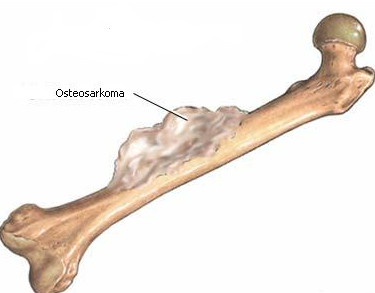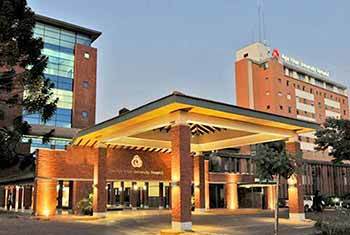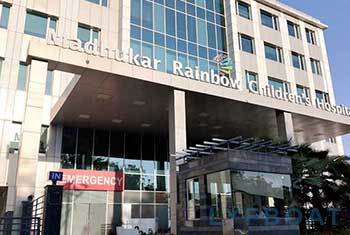Bone Cancer Treatment Details
Bone cancer is when a cancerous tumor is found growing out of control in the midst of normal, healthy bone tissue. This usually results in the death of the healthy bone tissue and the continued growth of cancerous tissue. The cancerous tissue can also spread to other areas of the body. This type of cancer, when starting in the bone and moving elsewhere, is much less common than other types and usually occurs in three forms. Osteosarcoma affects people from ages 10-19 and usually begins in the upper body. Chondrosarcoma affects individuals 40 and above and is usually seen in the cartilage. Ewing’s sarcoma affects individuals under the age of 19 and occurs in boys more often than girls. Certain genetic disorders and radiation may be risk factors for this type of cancer.
One of the most common signs of bone cancer is pain and swelling in the affected area and is usually characterized by an increase in severity over time. In more advanced cases, the malignant tissue may result in breakage of the actual bone. There are various methods available to treat bone cancer and it is imperative that the patient consults with his/her doctor to determine the appropriate treatment.







